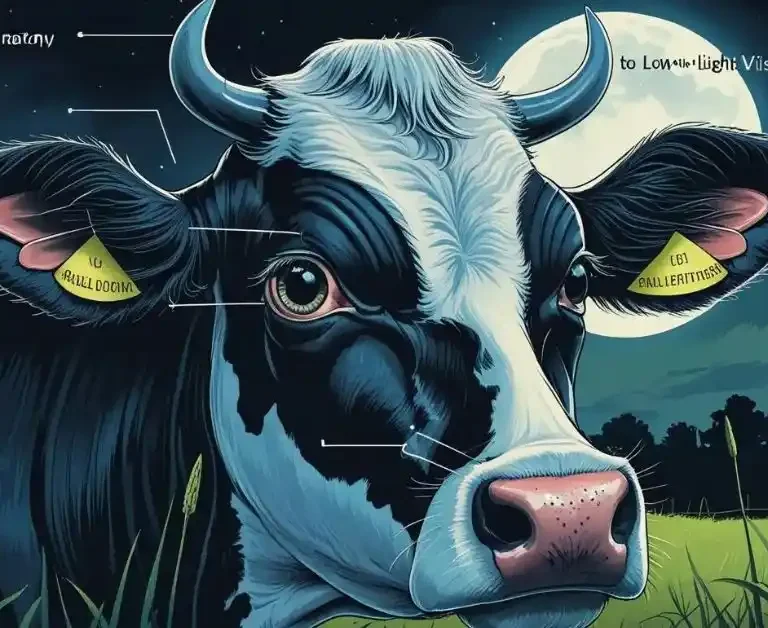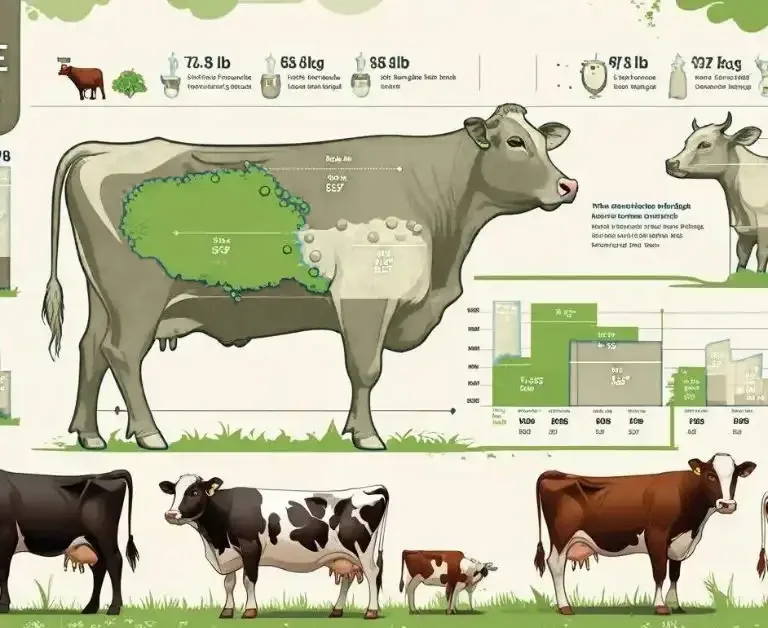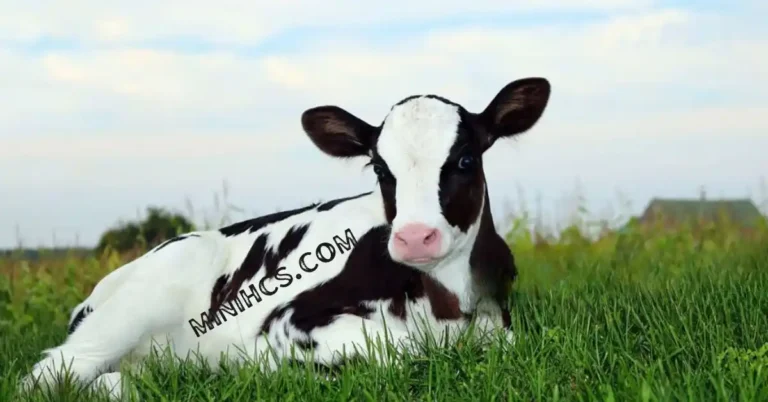American Brahman Bulls: History, Characteristics & Fascinating Facts

In the vast scenery of agriculture, the Brahman bull stands tall as a symbol of strength and flexibility. These majestic creatures are an essential part of livestock farming. They play a central role in shaping the agricultural landscape.
In this article, I’ll scrabble about into the world of Brahman bulls. I’ll explore their temperament, significance in different regions, and challenges and considerations.
American Brahman Bull History
The history of the Brahman breed is a rich and enduring chronicle spread out across the annals of agriculture.
Originating in the tropical region of the Indian subcontinent, Brahman bulls became revered for their agricultural prowess and cultural significance.
As the demands of farming evolved, these bulls, with their distinctive humps and adaptability to challenging climates, emerged as stalwarts in the field of livestock management.
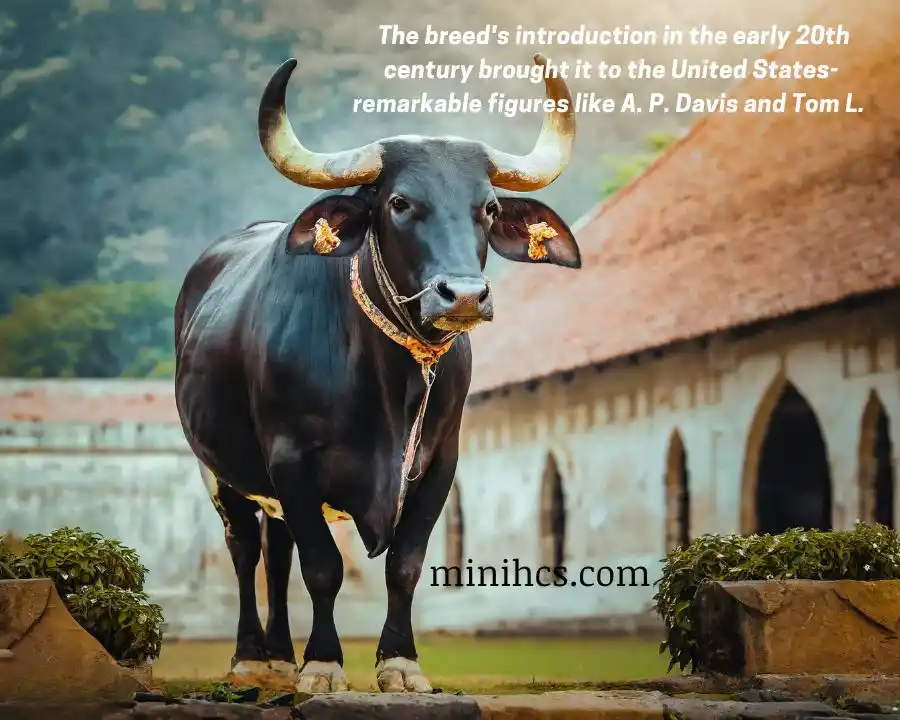
The American Brahman Breeders Association (ABBA) is the authoritative hub for promoting and preserving the Brahman association breed, championing excellence in genetics, performance, and overall herd quality.
With a rich history and a commitment to advancing the Brahman cattle industry, ABBA stands as a cornerstone for breeders and enthusiasts and easily handles other breeds. The scientific name of Brahman Bulls is Bos Indicus.
Historical Examples of American Brahman Cattle
Historically, the Brahman breed has left a lasting spot on agricultural landscapes, becoming a megastar of triumph and flexibility. The breed’s introduction in the early 20th century brought it to the United States-remarkable figures like A. P. Davis and Tom L.
The story of J.D. Hudgins, a Texas-based rancher, further exemplifies the historical impact of Brahman bulls. Hudgins recognized the breed’s adaptability and actively promoted its qualities, contributing significantly to more cattle in the southwestern warm weather than cattle of European breeds in Texas and the coastal country. The success stories of ranches like Hudgins underscore the breed’s historical significance in reshaping cattle farming practices.
Beyond the American frontier, the influence of Brahman bulls reached other continents. The breed’s resilience found a new stage in Australia, where climatic conditions can be unpredictable. The historic importation of Brahman beef and many cattle to Australia marked a strategic move by farmers seeking cattle that could endure harsh conditions, contributing to the breed’s global recognition.
Differences Between Brahman Bull and Holstein Bull Breed

Brahman bulls 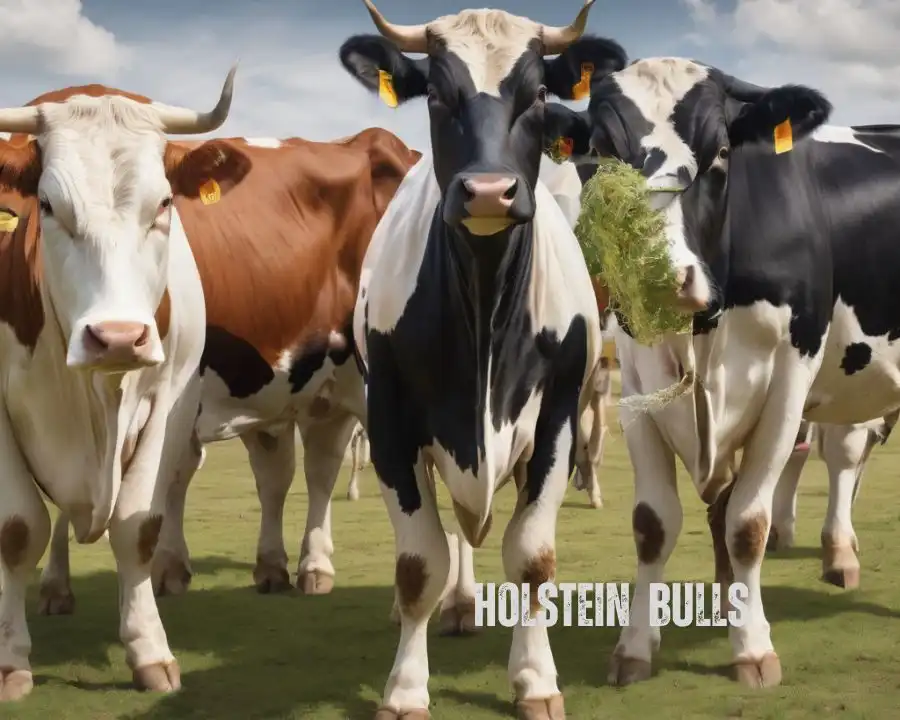
Holstein Bulls
Brahman bulls and Holstein bulls are two prominent cattle breeds in the world. They have notable differences in physical characteristics, temperaments, and agricultural purposes. Brahman bulls are recognized for their distinct hump, loose dewlap, and short, sleek coat. They display adaptability to various climates, from tropical regions to temperate zones. Their docile temperament makes them versatile, used not only for meat production but also as reliable work animals on the farm.
These differences highlight the specialization of each breed. Brahman bulls are prized for their versatility and resilience in various farming contexts. Holstein bulls excel in dairy production. They significantly contribute to the agricultural landscape in regions suited to dairy farming. Missouri found that Brahman and European cattle thrive equally well and that European cattle begin to suffer adversely. Size among beef breeds crossed with other breeds, assuming that other breeds supplied the foundation animals.
Brahman Bulls in Different Regions
Brahman bulls are known for their adaptability. They have significantly impacted the globe, demonstrating their resilience across various regions.
Global Presence of Brahman Breed
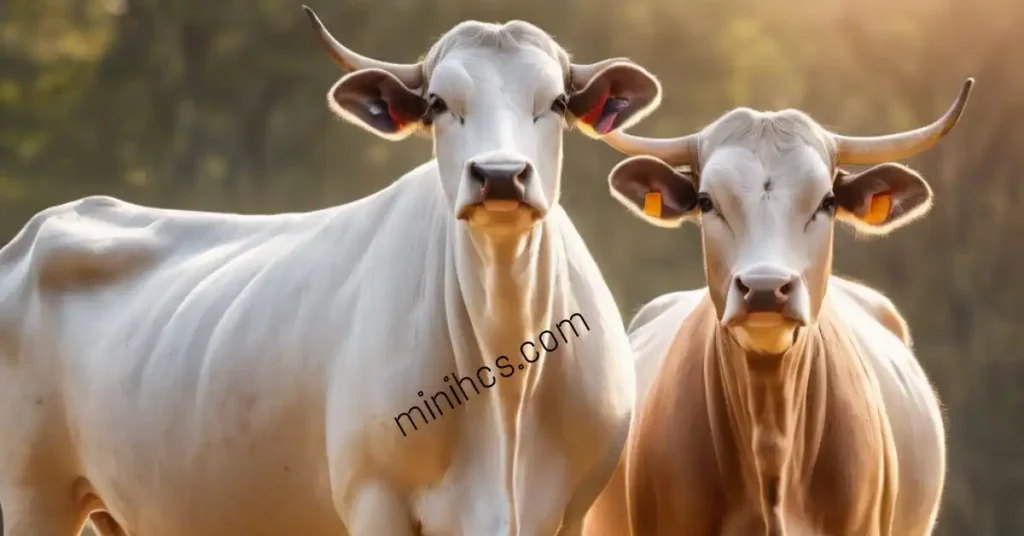
Brahman cattle are widely adopted and recognized in diverse agricultural landscapes. Their global presence highlights this. Brahman bulls originated in tropical climates.
They have spread to temperate zones worldwide, making them an international breed. This expansive reach is a testament to their adaptability. It also shows the valuable contributions they bring to different farming practices.
Adaptation to Varied Climates
One of the defining features of Brahman bulls is the environmental adaptation of cattle, an abundance of loose skin, body surface area exposed to cooling, the ability to sweat freely, and their remarkable ability to adjust to a wide range of climates. Brahman bulls showcase a versatility that sets them apart.
In essence, Brahman cattle symbolize adaptability in different regions. The breed has gone beyond its geographical origins, making a global impact. Their worldwide presence shows they can effectively contribute to agriculture in other climates. This reinforces their reputation as a resilient and versatile cattle breed.
Temperament of Brahman Bulls
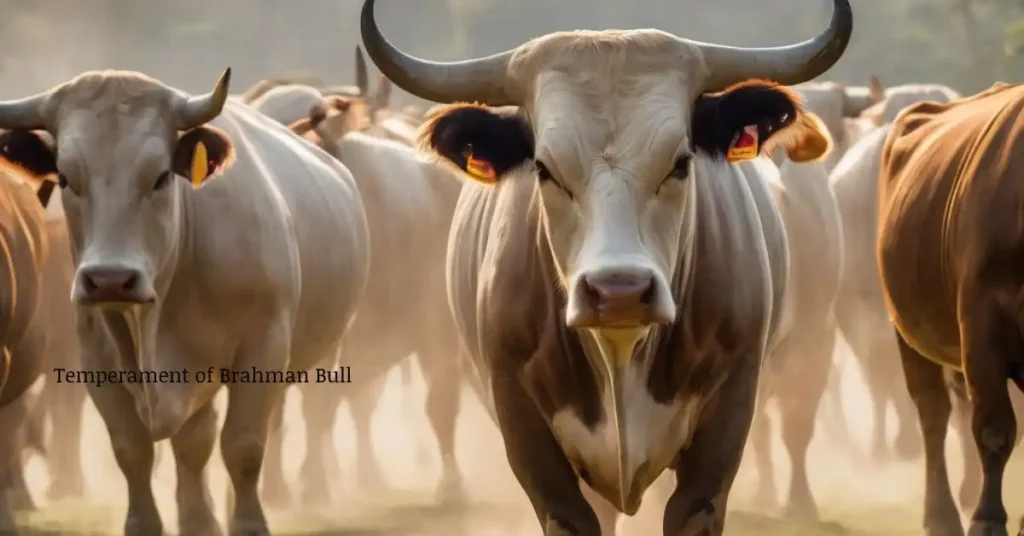
Brahman cattle stand out in the livestock world not just for their physical prowess but native cattle developed some remarkable adaptations and temperament.
Nutritional Needs and Care of Brahman Bulls
Ensuring Brahman bulls’ ideal health and well-being involves paying attention to their nutritional needs. It also involves comprehensive healthcare practices.
Different types of Brahman Bull
The Brahman breed has several distinct types, each with specific traits and features. These types have evolved, influenced by selective breeding and environmental adaptations. Here are some notable types of Brahman bulls.
American Brahman
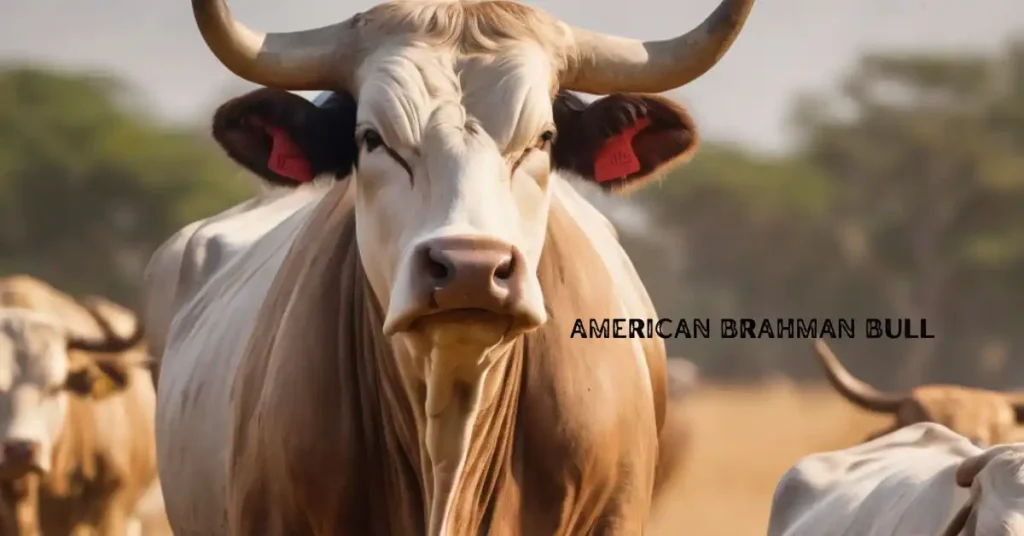
The American Brahman Cattle is the original, and cattle are the most widely recognized type. The Brahman breed originated in the United States and is used to develop various strains for the selected cattle, each with unique characteristics. He is known for his distinctive hump, loose dewlap, and adaptability to hot and humid climates.
Indu-Brazil
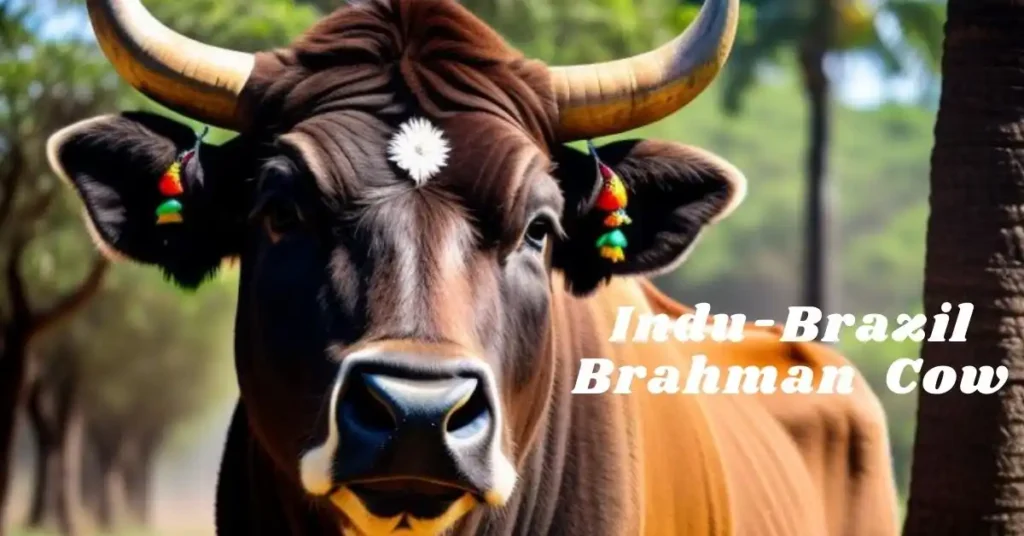
The Indu-Brazil type results from breeding programs that enhance the breed’s meat quality and overall productivity. It often exhibits a more muscular build and is recognized for its well-rounded attributes, suitable for meat production and agricultural work.
Red Brahman
As the name suggests, the Red Brahman breed is characterized by its red or light brown coat colour.
This variation has gained popularity for its unique appearance.
Red Brahman bulls often share the robust traits of the American Brahman but with a distinct coat colouration.
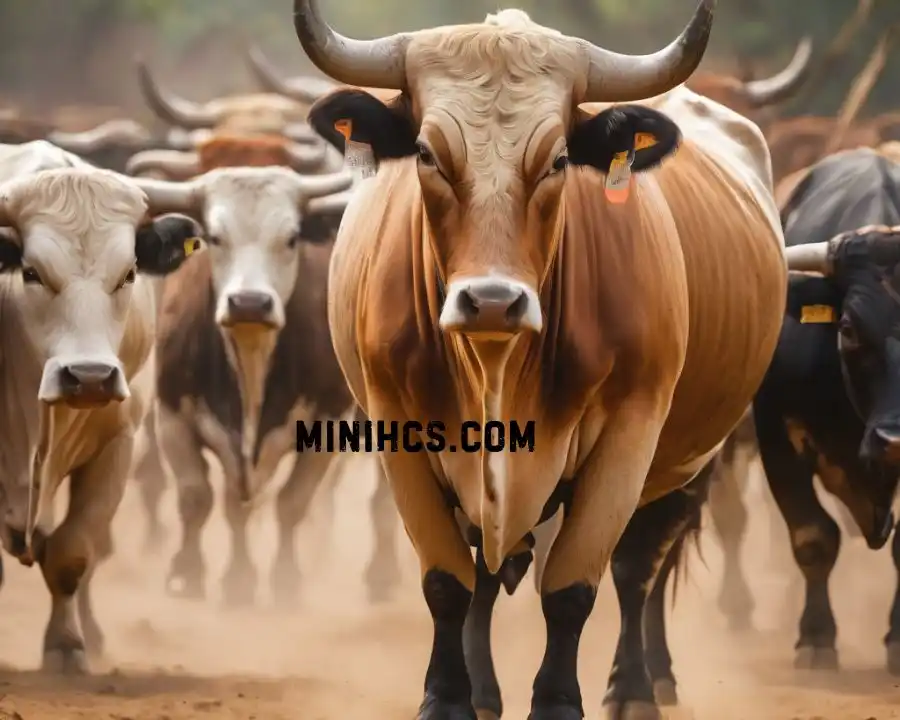
Grey Brahman
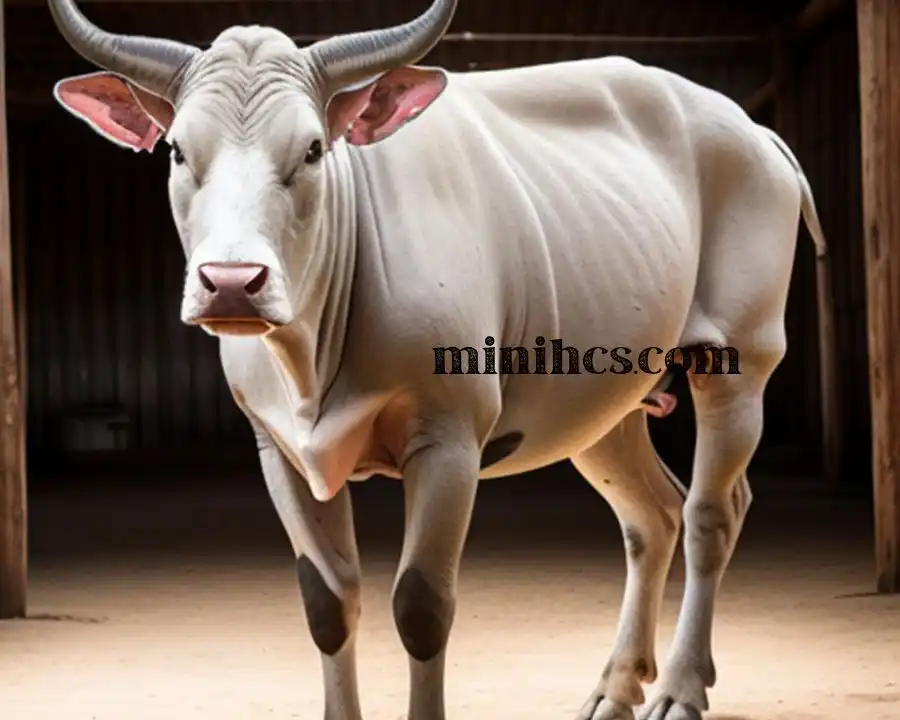
Grey brahman bulls 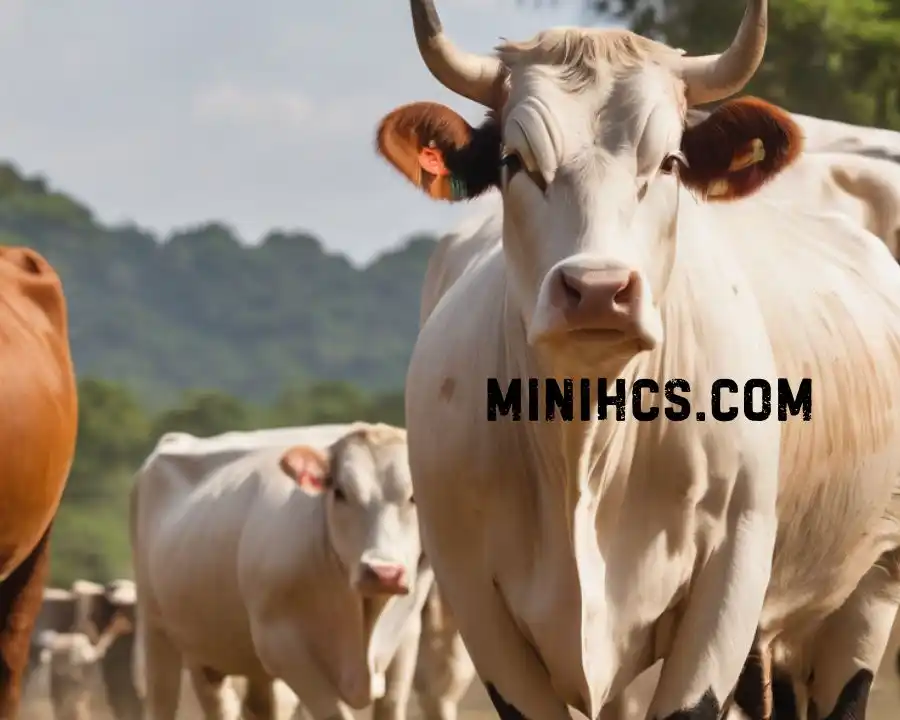
Grey brahman bulls
Light to medium Grey Brahman cattle are recognized for their classic grey coat colour. This type is prominent in various regions and is known for its adaptability to different climates. Like other Brahman types, the Grey Brahman exhibits the breed’s characteristic hump and loose dewlap.
Branham
The Branham type is a specialized strain within the Brahman breed, developed for enhanced performance in specific environments or under certain management practices. Breeders may focus on particular traits, such as heat tolerance or resistance to certain diseases, leading to the development of distinct Branham lines.
Zebu Hybrid
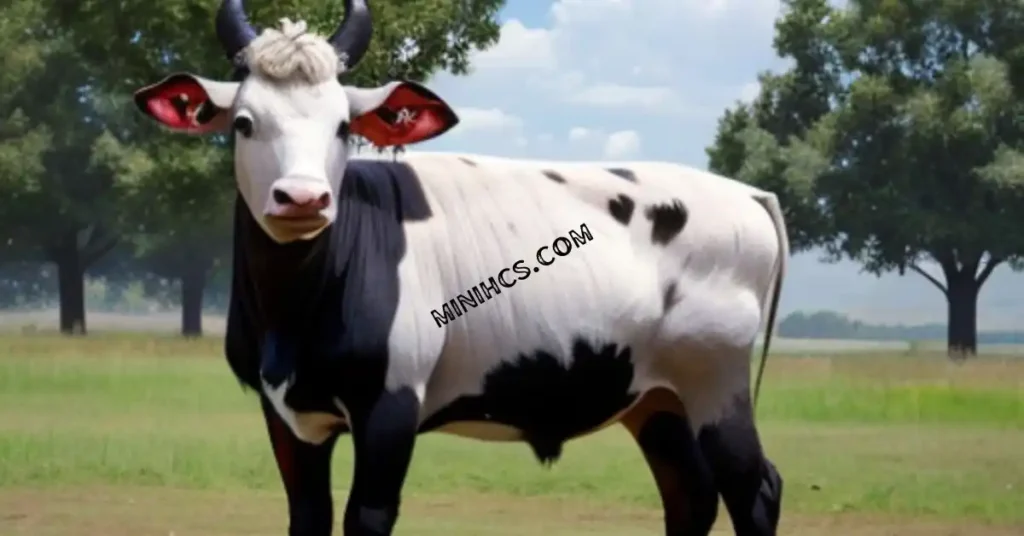
Some Brahman breeds are bred with other Zebu breeds to create hybrids with desirable traits from both parent breeds. These hybrids may exhibit unique characteristics and performance attributes influenced by the genetic diversity introduced through crossbreeding.
Registered Brahman
Registered Brahman cattle belong to a pedigreed and documented lineage, meeting the strict criteria of Brahman breed associations. These bulls are often bred for specific purposes, such as maintaining the purity of the breed or participating in official livestock competitions. Mature bulls are usually darker.
Brahman Bull Weight
Brahman bull weights are comparable to other breeds, distinguishing them as one of the larger breeds in the cattle world. Adult Brahman bulls typically exhibit a robust build, standing tall and powerful. These castles weigh between 1,800 and 2,500 pounds, showcasing their considerable mass and muscular frame. The breed is intermediate in size among beef, making Brahman bulls well-suited for different agricultural purposes, from meat production to work on the farm.
Lifespan
The resilience and adaptability of Brahman breeds contribute to their impressive 12 to 15-year average life span, with well-maintained individuals often exceeding expectations. Selective breeding shapes genetic foundations. Challenges like diseases and injuries underscore the need for prompt and attentive care. In conclusion, Brahman bulls’ enduring impact on agriculture highlights the importance of stewardship for their continued legacy.
Conclusion
In conclusion, Brahman bulls are not just livestock; they are integral partners in the dance of agriculture. Their unique characteristics, historical significance, and diverse roles in different regions make them a subject worth exploring. As we navigate the dynamic landscape of farming, the presence of Brahman bulls continues to shape the narrative. They represent strength, resilience, and sustainability.

